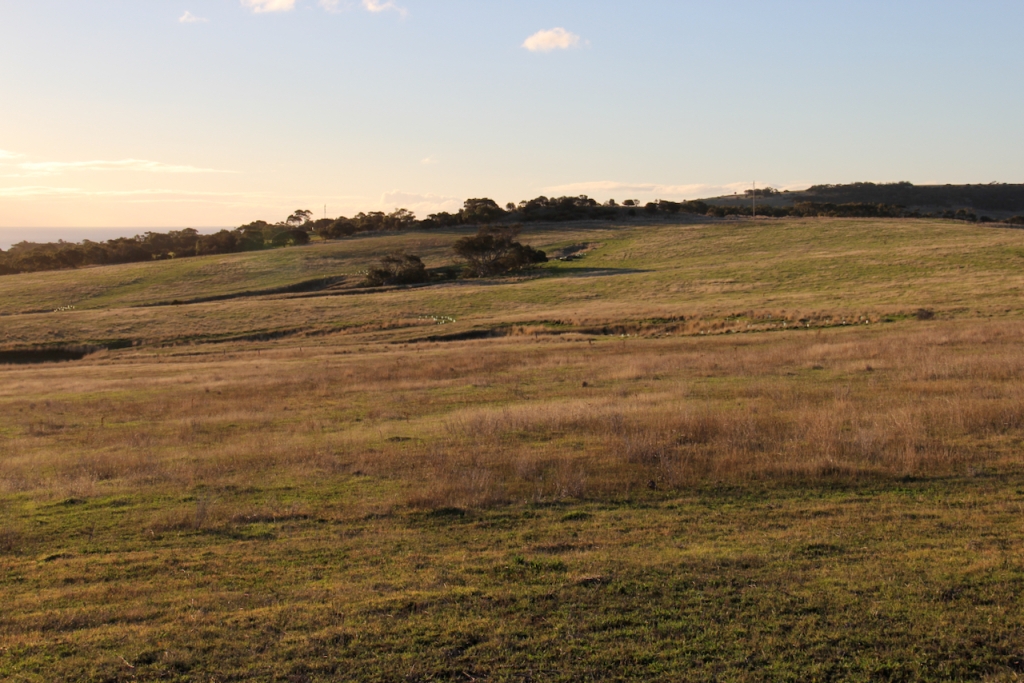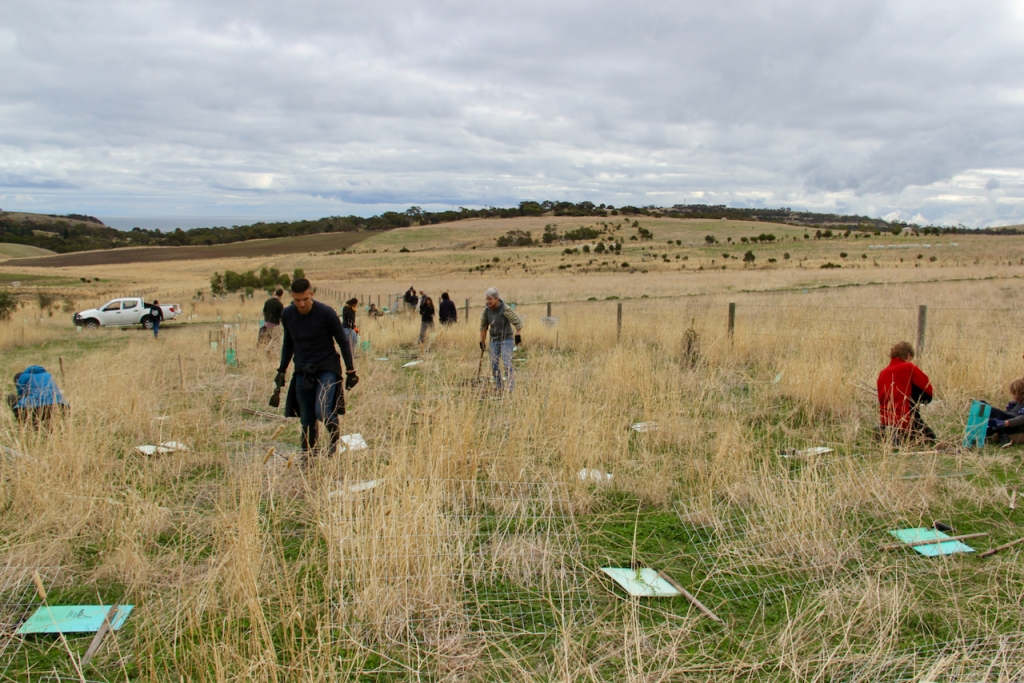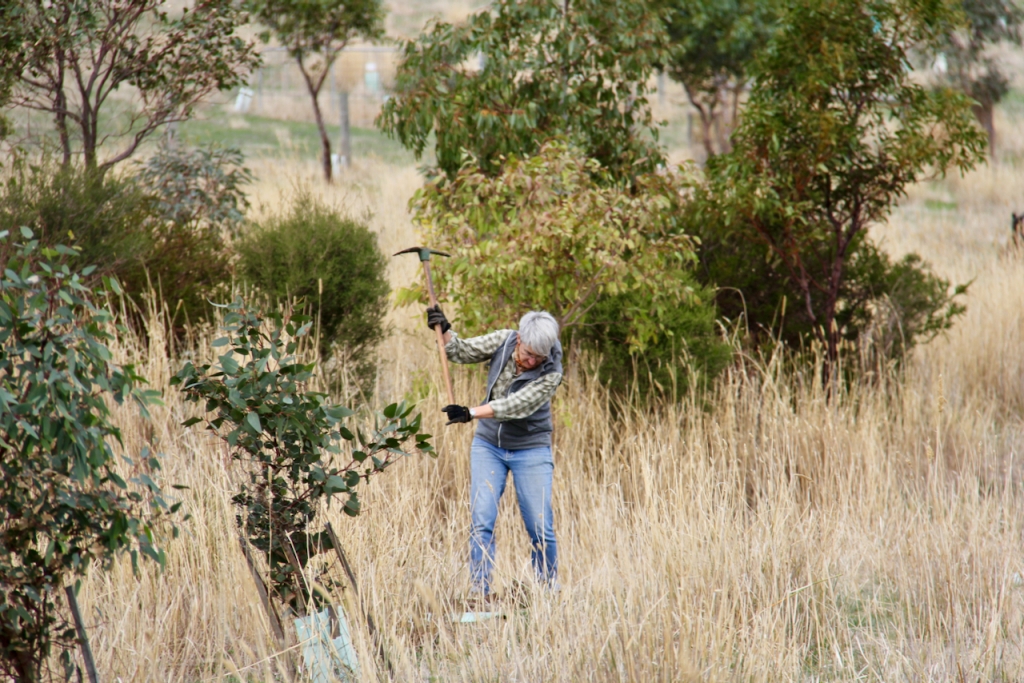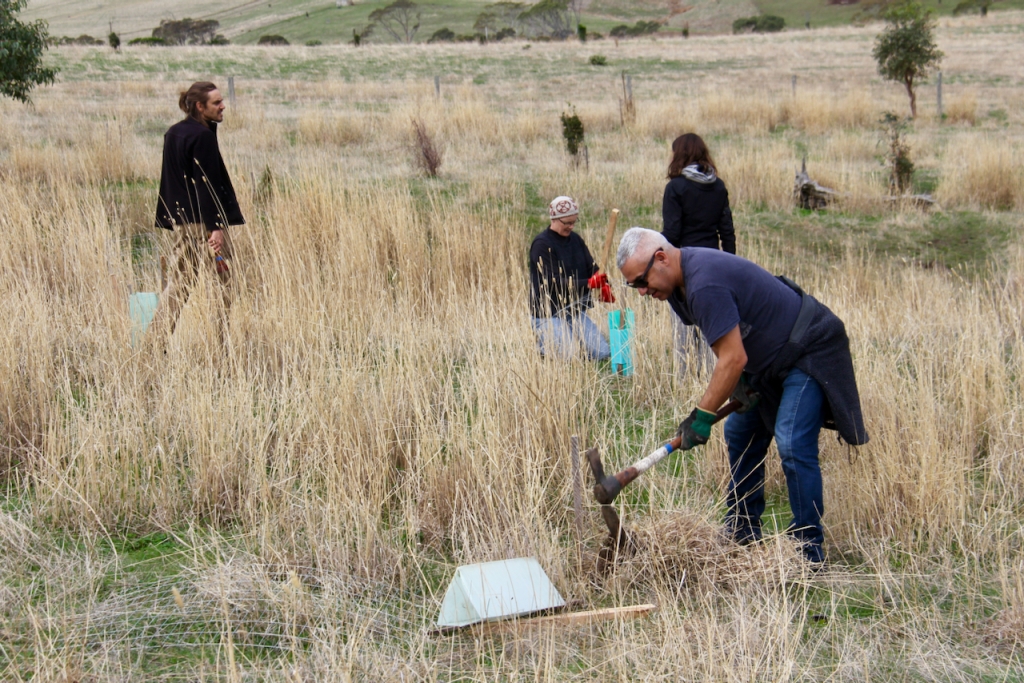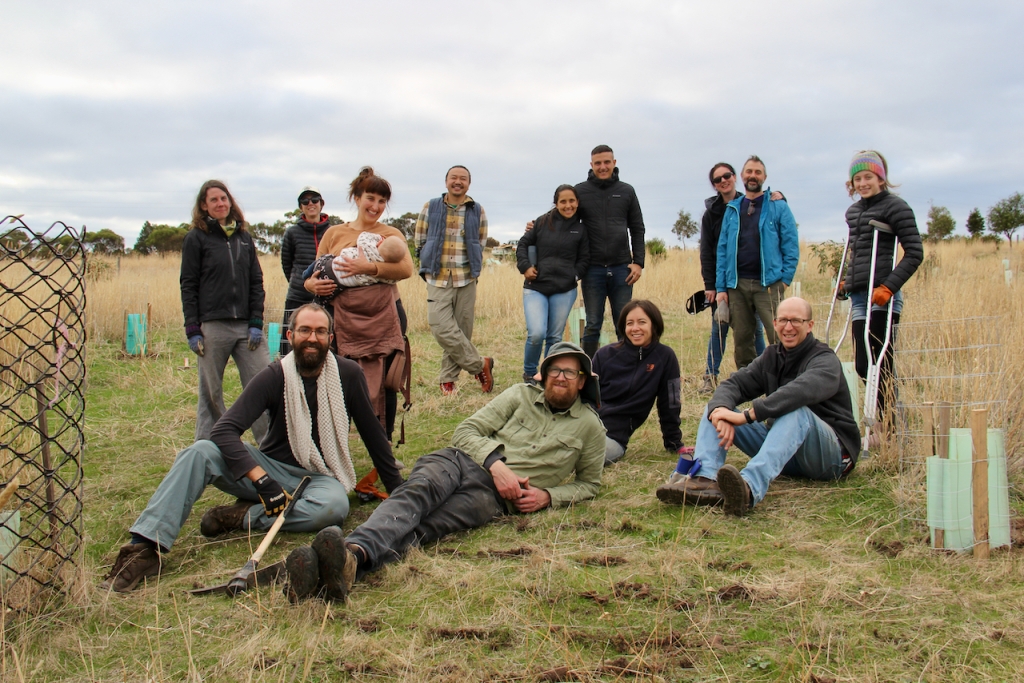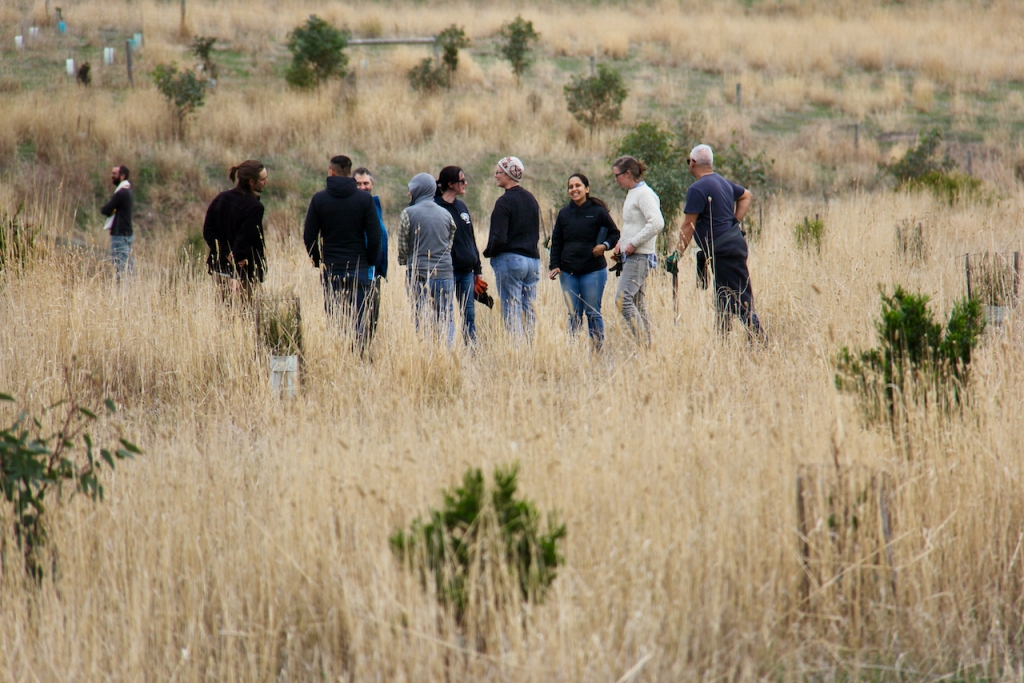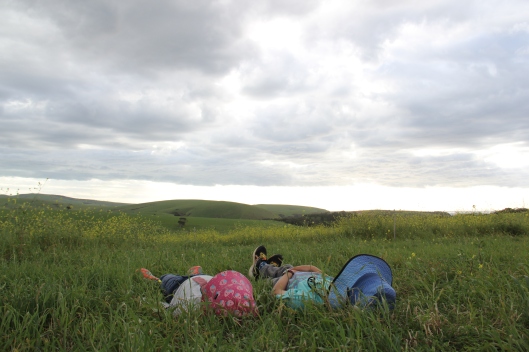
Observing…
As anyone who lives on the Fleurieu would have observed, our seasons do not really match the classic four seasons of the European calendar. Our hot “Summer” weather lasts well into mid-Autumn, our “Winters” are mild and snow-free, our “Spring” flowers often blossom in August, and prevailing winds change direction at different times of the year.
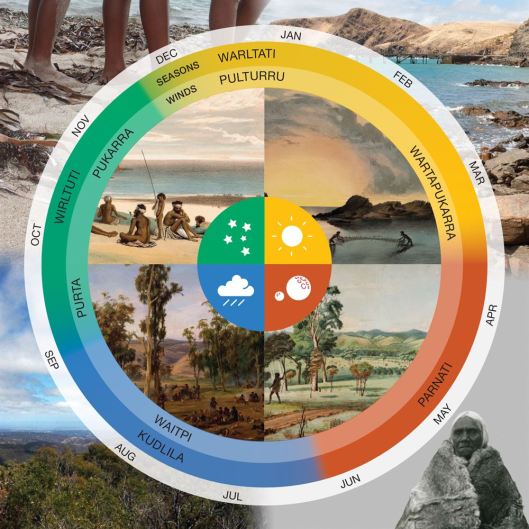
The Kaurna Seasonal Calendar, from the Bureau of Meteorology Indigenous Weather Knowledge project.
It makes sense that bioregions need their own calendar, and in our region, the Kaurna seasonal calendar provides an insight into the patterns of our landscape. In contrast to the fixed three-month quarters of the European calendar, the Kaurna calendar instead is responsive to a critical mass of natural phenomena being reached: the life stage of certain plants, the movements of animals, as well as the prevailing winds and weather patterns. Some seasons may not occur at all in some years. Such a calendar indicates a breathtaking depth of landscape knowledge. The Kaurna seasons are described by Scott Heyes in his thesis, with versions also published in Adelaide: Nature of a City, and Adelaide: Water of a City, available at your local library! Artist James Tylor has also written a fantastic summary of the seasons and associated wild foods. The calendar is also documented in the Bureau of Meteorology’s Indigenous Weather Knowledge project.
The four main Kaurna seasons are:
Warltati – approx Jan-March – Hot season
Parnati – approx April-June – Windy season
Kudlila – approx July-September – Wet season
Wirltuti – approx October-December – Mild warm season
The complexity and depth of Kaurna knowledge of landscape and seasons is astonishing. As recalled by one colonial observer “WGR” on the Fleurieu, during the gold rush, many white men on the Fleurieu left for the gold rush in Victoria. This saw a period when Aboriginal people assumed much of the work on settler properties throughout the region. WGR describes how, “The youngsters went hunting and fishing with the natives, and learnt a lot of things unknown to the average white about birds, animals and fish. Shoals of mullet visited the coast at times. Dick [an Aboriginal worker] promised to let us know when they were coming. One night he roused me up … Off we went, and sure enough there were great numbers passing along the sandy beach going south. Asked how he knew it, he pointed to a particular star in the south-east. “Yes, but how about this?” “Well, my father tell me.” It is remarkable that more than 60 years afterwards an aboriginal gave the same reply regarding the movements of another variety of fish.”
Inspired by the depth of Aboriginal seasonal knowledge, we came across the ‘Seasonal Signpost Calendar’ concept by artist Sofia Sabbagh. She describes it as “a means to track and cultivate the noticing of our environment; native and non-native species, and to link our personal lives with the cycles of our environment”. To support this, Sofia suggests a series of questions:
- What is changing in my local environment?
- How is the soil?
- How is the creek?
- Which birds are appearing?
- How might this environmental change affect another plant or animal? What is the flow on effect?
- Which plants/animals do I notice?
- Which plants/animals appear in significant times of my life?
- Which plants/animals do I most obviously affect?
- Which plants/animals most obviously affect me?
Inspired by Sofia’s calendar, for the past 12 months we have been observing and recording all the changes we notice in soil, moisture, weather conditions, fungi, plant and animal life.
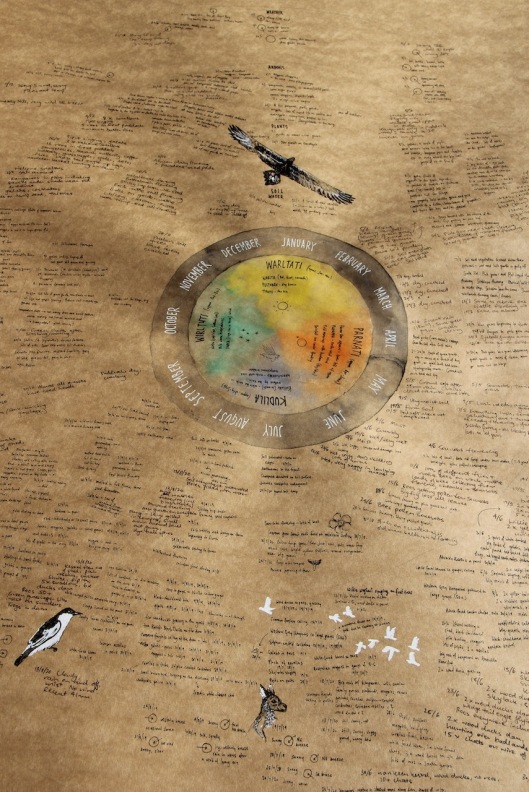
The Yarnauwi Seasonal Calendar, now in its second year.
Now we are into our second year of the calendar, patterns are starting to emerge. For example, it turns out that the pair of Adelaide Rosellas which we thought we saw sporadically actually consistently stay on the property from May-August and we see them every visit, and then they go somewhere else. And we start worrying about the Wedge-tailed Eagles when we don’t see them for awhile, but it turns out that summer is more commonly when they soar above us, whereas the Nankeen Kestrel is year round. And all our various species of Acacia/wattle started flowering in the same week this year as they did last year, despite the fact that we had a wetter year.
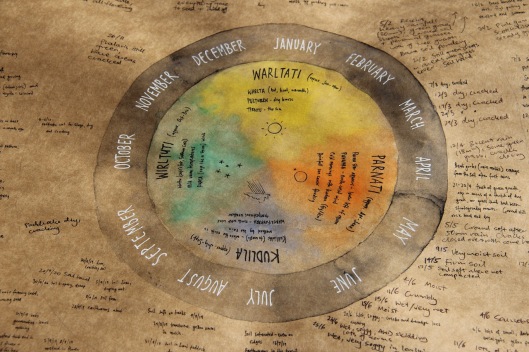
The climate and landscape-responsive Kaurna seasons provide a central touchstone for our own observations.
We are really interested to see where this calendar takes us, especially as we start to get an understanding of what environmental phenomena trigger other environmental phenomena. This will help us plan when we need to do work tasks (planting at the best possible time, slashing turnip weed before seed set, collecting native seed, making sure our bees have enough pollen and nectar options etc), but more importantly help us develop that deeper connection with the land. We really want to know how the ecosystem all fits together and how everything is synchronised so we can work with the land not against it.
